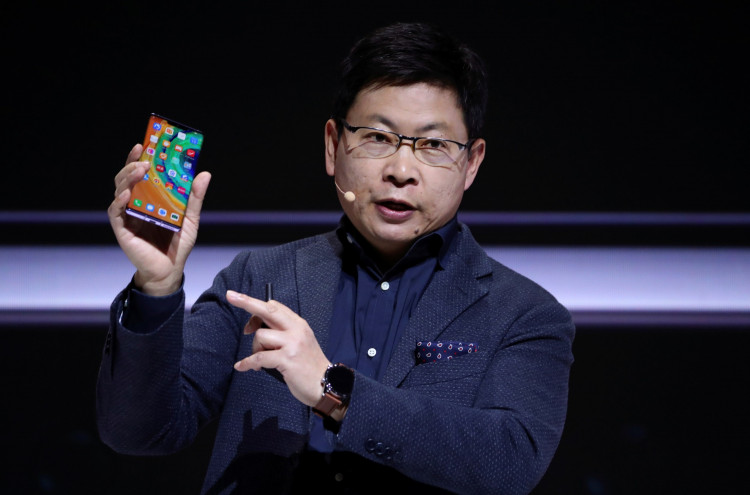Huawei launched the Kirin 990 series chipset processed with 7nm FinFET Plus EUV technology and equipped with 5G modem last September 6. The latest mobile processor comes with Da Vinci Neural Processing Unit (NPU) that can deliver the next level of AI performance. Just a few days after its launch, industry insiders leaked that the Chinese tech giant is currently starting the production trial of its Kirin 1000 series chipset.
Kirin 990 was launched alongside the latest Huawei Mate 30 series a month ago which comes with 4G and 5G variants. But, if the latest rumor is accurate, we might soon see Huawei's very own Kirin 1000 on Huawei Mate 40 series. The rumor also claimed that the next-generation mobile processors might be launched in the second half of 2020.
The Kirin 990 chipset utilizes A76 CPU architecture while the upcoming Kirin 1000 is rumored to use the A77 architecture. The next-generation mobile chipset reportedly will be manufactured by TSMC using its 5nm process. For the uninitiated, the process numbers are associated with the number of transistors that are inside the chipset.
The lower the process number, the higher the number of transistors within the chip. The more transistors within the chip, the more energy-efficient and powerful the components. With companies moving from 10nm to 7nm, Huawei is embarking into the 5nm era beginning 2020. Samsung and TSMC have timelines taking the production of the 3nm process by 2022.
The 7nm Kirin 990 5G version is loaded with 10.3 billion transistors. In other words, the Kirin 1000, produced in 5nm process could have as much as 171.3 million transistors for every square millimeter. Another report claims that the next generation Huawei chipset will feature the ARM Cortex-A77 CP core.
Despite the recent Huawei US ban, the UK-based ARM holdings is still working hand in hand with the Chinese tech titan because of the licensing agreement between the parties before the US ban even took effect. Because of this, rumors have it that the Kirin 1000 SoC might employ ARM's extremely powerful CPU, the Cortex -A77.
The Kirin 990 SoC could have used the A-77 CPU, but the company decided to trade some power for extra battery life and used the A-76 instead. Huawei consumer group chief Richard Yu did say that its 5nm chip would use the A-77. Even though ARM says that the latter CPU core offers a 20% performance boost with no extra power consumption, Huawei says that its own testing contradicts this claim.
It is worth noting that these details are unofficial and we suggest to take these with a barrel of salt and with skepticism.




